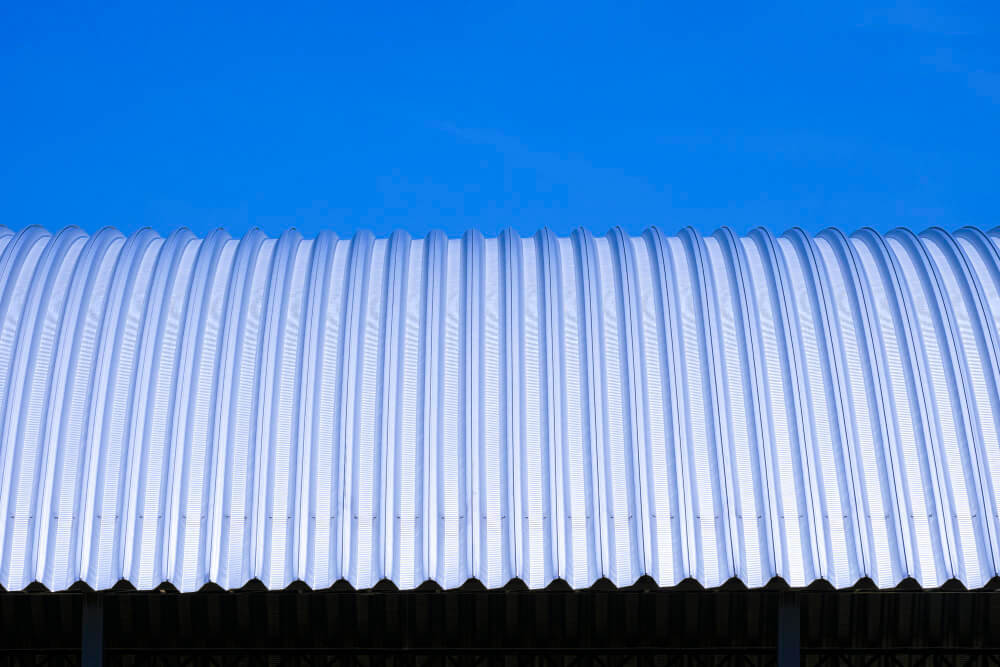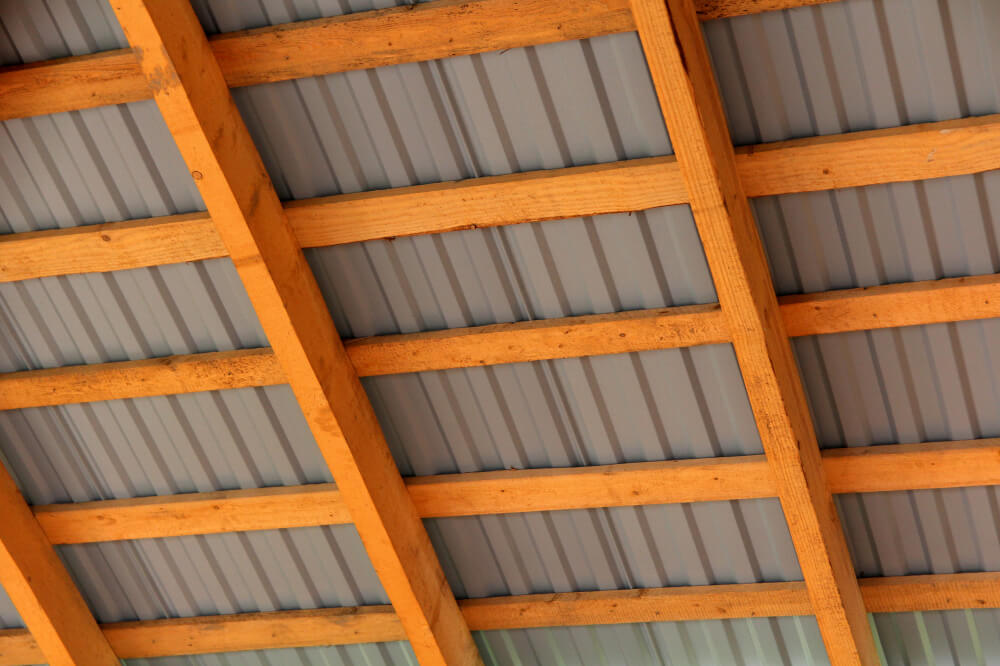
Corrugated Roofing: Pros and Cons
When it comes to choosing the right roofing material for your home or commercial building, there are numerous options available. One popular choice that has stood the test of time is corrugated roofing. This versatile material has been used for decades and offers several benefits, along with a few drawbacks. In this article, we will explore the pros and cons of corrugated roofing, helping you make an informed decision for your roofing needs.
What is Corrugated Roofing?
Corrugated roofing consists of sheets made from galvanized steel, aluminum, or polycarbonate. These sheets feature alternating ridges and grooves, which create a corrugated pattern. This design provides strength and durability while also allowing water to run off easily. Corrugated roofing is commonly used in residential, agricultural, and industrial applications.
Pros of Corrugated Roofing
1. Durability and Longevity
Corrugated roofing is highly durable and can withstand harsh weather conditions such as heavy rain, snow, hail, and high winds. The material’s strength and resistance to impact make it ideal for areas prone to extreme weather. When properly installed and maintained, corrugated roofing can last for decades, offering excellent value for money.

2. Lightweight
Compared to other roofing materials like concrete tiles or clay, corrugated roofing is relatively lightweight. This characteristic makes it easier to install and puts less strain on the underlying structure of the building. The reduced weight also contributes to lower shipping costs, making corrugated roofing a cost-effective option.
3. Versatility
Corrugated roofing comes in a variety of materials, sizes, and colors, offering versatility in design options. Whether you prefer a traditional or contemporary look, you can find a corrugated roofing style that complements your building’s aesthetic. It can be used for roofs with different slopes and shapes, allowing for creative architectural designs.
4. Easy Installation
Installing corrugated roofing is relatively simple and straightforward. The sheets are lightweight and easy to handle, making the installation process quicker compared to other roofing materials. This can save you both time and money on labor costs.
5. Cost-Effective
Corrugated roofing is an affordable roofing option, particularly when compared to premium materials like slate or copper. Its lower cost, combined with the material’s longevity and ease of installation, makes it a cost-effective choice for homeowners and businesses alike.
6. Excellent Water Shedding
One of the significant advantages of corrugated roofing is its excellent water shedding capability. The ridges and grooves allow rainwater to flow easily off the roof, preventing water pooling and potential leaks. This feature is particularly important in areas with heavy rainfall.
7. Energy Efficiency
Corrugated roofing has good insulation properties, which can help regulate the temperature inside the building. It reflects sunlight, reducing heat absorption and lowering cooling costs during hot summer months. This energy efficiency can contribute to a more comfortable indoor environment and reduced energy bills.
Cons of Corrugated Roofing
1. Noise
One of the primary drawbacks of corrugated roofing is the noise it can create during heavy rain or hailstorms. The hollow spaces between the ridges can amplify the sound of raindrops, resulting in a louder interior environment. However, this issue can be mitigated by installing additional insulation or soundproofing materials.
2. Susceptible to Denting
While corrugated roofing is durable, it is not entirely impervious to denting. Hail or heavy objects falling on the roof can cause dents, which may affect the aesthetic appeal of the structure. Opting for thicker gauge materials can help minimize the risk of denting.

3. Limited Lifespan in Coastal Areas
In coastal regions with high salt content in the air, corrugated roofing may have a shorter lifespan due to corrosion. The salt particles in the air can accelerate the oxidation process, leading to rusting and deterioration of the metal. Regular maintenance and protective coatings can help extend the lifespan in these areas.
4. Expansion and Contraction
Corrugated roofing materials can expand and contract with changes in temperature. This movement can result in the loosening of fasteners and the creation of gaps, potentially leading to water leaks. Proper installation and the use of appropriate fasteners can minimize this issue.
5. Limited Insulation
While corrugated roofing provides some insulation properties, it is not as efficient as materials specifically designed for insulation. If energy efficiency is a top priority, additional insulation may be required to achieve optimal thermal performance.
Conclusion
Corrugated roofing strikes a balance between affordability, durability, and aesthetic appeal. Whether you’re looking to install a new roof or replace an existing one, corrugated roofing merits serious consideration. Its long-lasting nature and versatility make it a reliable option that can withstand the test of time.


